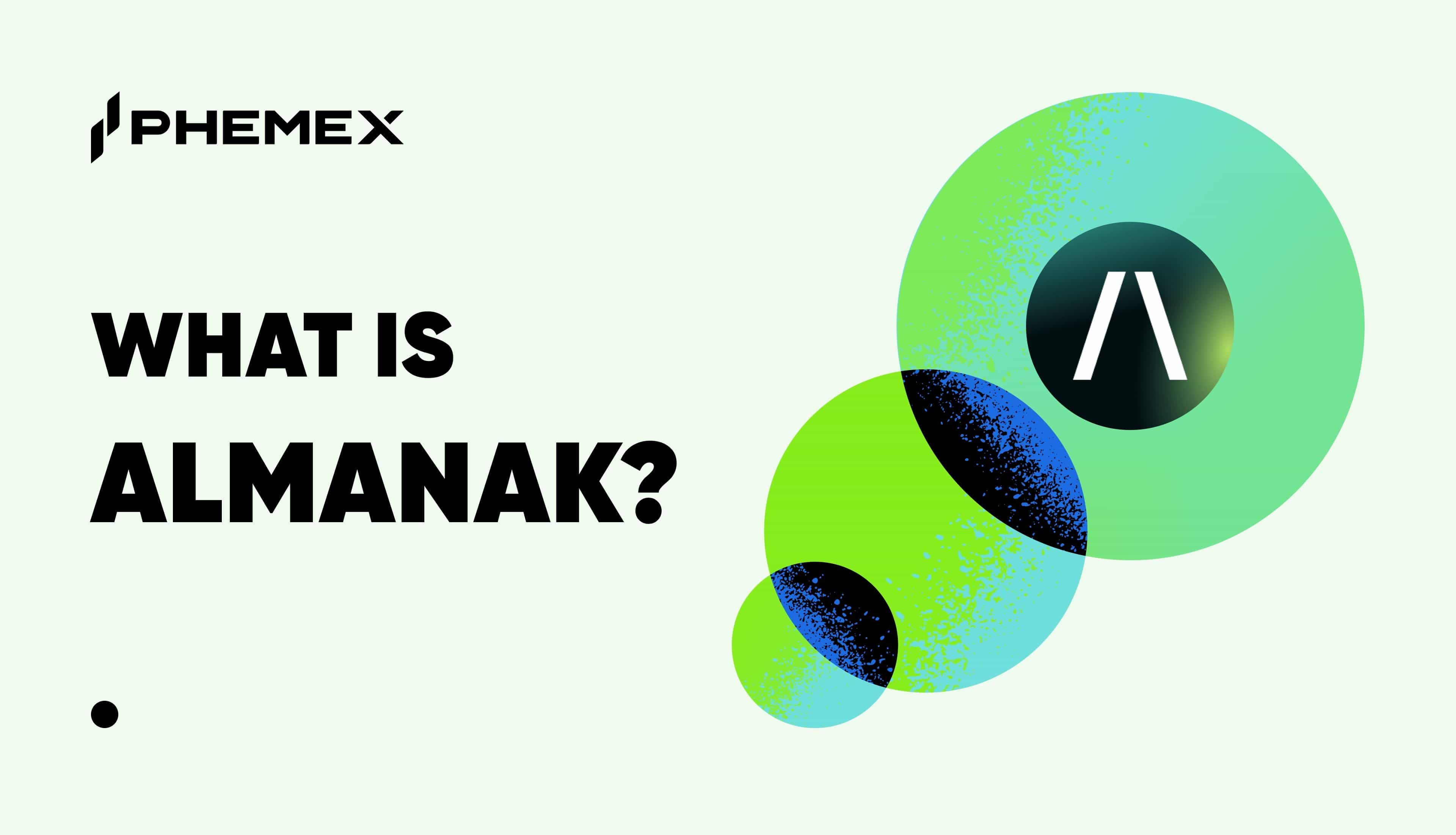Summary
- What is Impermanent Loss: Impermanent loss happens when the price of a deposited asset fluctuates, irrespective of the direction. The more variation there is, the greater the impermanent loss.
- How to Calculate Impermanent Loss: On a few DeFi Platforms, user have to enter the number of tokens they are willing to deposit and get an estimated impermanent loss.
- How to Avoid Impermanent Loss: Although there is no way to avoid impermanent loss, LPs can still take a few measures to mitigate the risk by using stablecoin pairs, avoiding voliate pairs, and researching the market carefully.

DeFi has given traders and investors new opportunities to earn on their crypto holdings. One of these ways is by providing liquidity to the Automated Market Makers (AMMs). Instead of holding assets, holders can deposit them in a liquidity pool on an AMM like Uniswap or 1inch, and earn a percentage of the fees in return. However, liquidity providers are also exposed to risks. In the case of AMMs, the risk is “impermanent loss.”
What are Automated Market Makers?
An AMM is like an order book exchange, but instead of counterparties, traders interact with a smart contract that “makes” the market for them. These market makers are disconnected from external exchanges. Therefore, the price of an asset is determined by a formula. However, when the price of a token changes, AMMs adjust its price with the help of arbitrageurs. They continue to buy an underpriced asset or sell an overpriced asset until prices offered by the AMMs match external markets.
But how do AMMs create the market if no counterparties are involved? This is where liquidity providers (LPs) play a prominent role i.e., they provide liquidity to the pool. Anyone can provide liquidity to an AMM by depositing their cryptocurrencies to a pool. For example, Uniswap allows users to become a LP by depositing two assets equivalent in amount.
For example, let’s say you’d like to add funds to an ETH/UNI pool, you need to provide 50% ETH tokens and 50% UNI tokens. In exchange for providing liquidity, LPs earn fees from traders who transact in the pool. As Uniswap charges 0.3% on trades, this fee is distributed to everyone who has provided liquidity.
But what if the asset locked in a pool grows or decreases in value? In that case, LPs lose a portion of their liquidity, which is what we call “impermanent loss.”

What is Impermanent Loss?
Assets deposited to a liquidity pool on an AMM are prone to impermanent loss. It happens when the price of a deposited asset fluctuates, irrespective of the direction. The more variation there is, the greater the impermanent loss. It is “impermanent” because as long as the cryptos can return to the price when they were deposited on the AMM, no loss occurs, and LPs get 100% of the trading fees. It happens when arbitrageurs buy or sell an asset to balance its price on AMM with the external markets. The profit derived from arbitrages is removed from the liquidity pool.
An Example on Impermanent Loss
Consider our example of depositing 50% ETH and 50% UNI on Uniswap. When the price of ETH increases, it creates an arbitrage opportunity to make a profit at the expense of liquidity providers. Let’s say the price of ETH grows by 5%, here arbitrageurs can buy ETH on Uniswap at a price 5% lesser than the external market. The decentralized exchange (DEX) then rewards them for selling UNI for ETH until the ratio of both tokens is equal. It leads to LPs losing out on a portion of their liquidity deposited to a specific pool.
How to Calculate Impermanent Loss?
The term “impermanent loss” was first coined by Pintail, a Medium account that shared a way to calculate losses to liquidity providers.

With the exponential growth of DeFi, several platforms exist nowadays that allow LPs to calculate the possible impermanent loss on their assets. All they have to do is enter the number of tokens they are willing to deposit and get an estimated impermanent loss.
How to Avoid Impermanent Loss?
3 Ways to Avoid Impermanent Loss
Although there is no way to avoid impermanent loss, LPs can still take a few measures to mitigate the risk.
- Use Stablecoin Pairs: Providing liquidity in stablecoin pairs is the best bet against impermanent loss. Since stablecoins’ value doesn’t fluctuate much, they present low arbitrage opportunities, thus decreasing the risks. However, at the same time, LPs who hold stablecoins can’t enjoy the rise in the crypto market.
- Avoid Volatile Pairs: Instead of choosing cryptos with an unstable or volatile history, pick up pairs that don’t expose liquidity to impermanent loss.
- Search The Market (Thoroughly): Crypto markets are highly volatile. Hence, it is normal that deposited assets move up or down in value. However, LPs must know when to pull out their cryptocurrencies before the price deviates too far away from the initial rate.
Conclusion
Impermanent loss for providing liquidity is the sole reason why big financial institutions don’t enter the liquidity pools. This issue should be solved if AMMs are to achieve widespread adoption among businesses and individuals. Though various forks of Uniswap have come up in recent months that try to solve the issue, we have yet to see a clear winner who can help avoid this loss of liquidity.
Read More
- What is a Liquidity Pool: Achieving Efficient Asset Trading
- Slippage in Crypto: What Is It and How Can It Be Managed?
- What Is DeFi: How To Be Your Own Bank With $100
- What is an Automated Market Maker?
- What Are LP Tokens? A Step-by-Step Guide to Creating Your Own LP Token & Launching a Coin
- https://phemex.com/academy/defi
- What Are Unrealized Gains and Losses?
- What is a Liquidity Provider & How does it Work?









